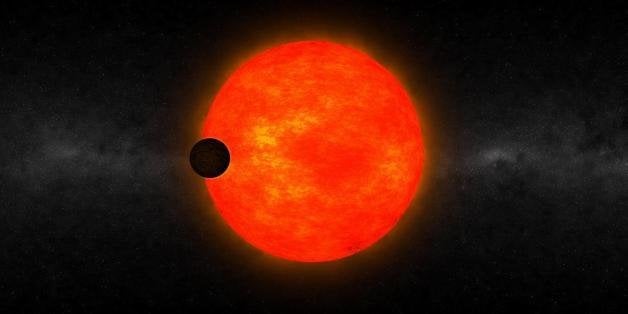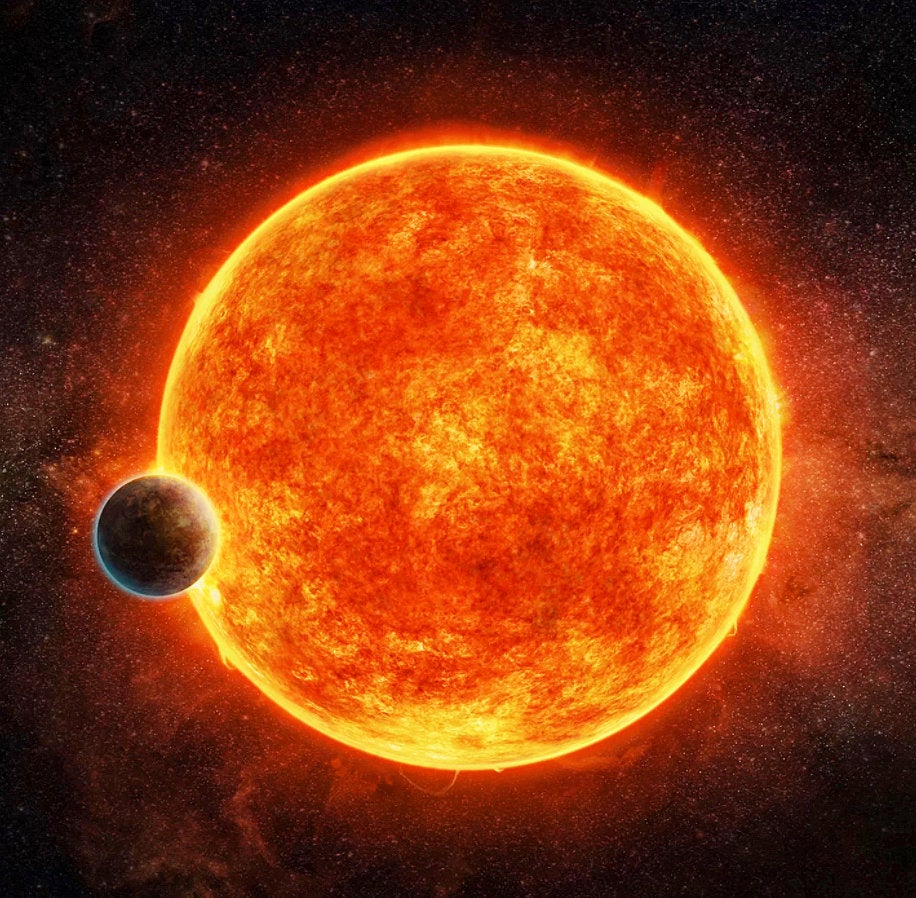
A huge exoplanet 500 light-years from Earth has astronomers baffled.
Dubbed HATS-6b, the newfound gas giant is considered "too big" for its host star, and has a super-tight orbit. On HATS-6b, one full year lasts a mere 3.3 Earth-days.
"We have found a small star, with a giant planet the size of Jupiter, orbiting very closely," George Zhou, a Ph.D. student at the Australian National University's Research School of Astrophysics and Astronomy in Canberra and one of the researchers who discovered the planet, said in a written statement. "It must have formed further out and migrated in, but our theories can't explain how this happened."
Planet formation. Astronomers have long believed that planets form out of a swirling disk of gas and dust around a newborn star. And as Zhou told The Huffington Post in an email, scientists also think that protoplanetary disks around small stars contain less planet-forming material than the ones around big stars. That raises an obvious question: since its host star -- an M-dwarf known as HATS-6 -- is so small, how can HATS-6b be so big?
"The existence of HATS-6b ... presents a challenge to planet formation theories -- any comprehensive theory of planet formation must explain why gas giants are uncommon around small stars, but still allow for the occasional formation of these planets," he said in the email.
Starlight dimmed. Zhou and his colleagues discovered the planet after spotting a dip in the brightness of HATS-6.
Follow-up observations confirmed that the planet's "transit" across the face of the star explained the dimming and helped astronomers gauge the planet's size. Their research showed that the radius of the planet is comparable to Jupiter's, and its mass is more similar to that of Saturn.
"We have a series of small telescopes spread around the world -- in Namibia, New South Wales, and Chile -- we're able to gather continuous observations of objects in the night sky," Zhou told CNN. "That's how we're discovering these planets."
The research was published online on April 28 in the Astronomical Journal.
